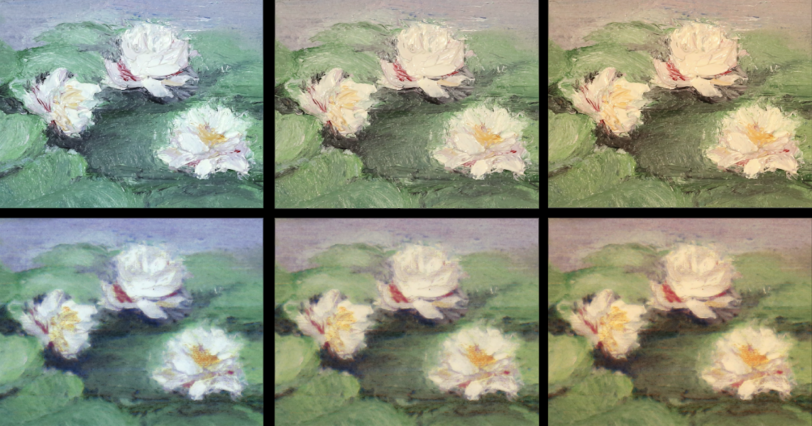Researchers at MIT’s Computer Science and Artificial Intelligence Laboratory (CSAIL), Massachusetts, have made a system to reproduce paintings with the help of 3D printing and Artificial Intelligence (AI).
RePaint, the reproductions tool made by the CSAIL team reproduces accurate colors even in differing light conditions.
Changil Kim, a postdoctoral fellow and part of the project explained, “If you just reproduce the color of a painting as it looks in the gallery, it might look different in your home […] Our system works under any lighting condition, which shows a far greater color reproduction capability than almost any other previous work.”
These findings were demonstrated in a paper called Deep Multispectral Painting Reproduction via Multi-layer, Custom-Ink Printing, due to be presented at the ACM SIGGRAPH Asia, a conference on computer graphics and interactive techniques.
Deep art learning
The 3D printed reproduction of artworks was done in two steps. Firstly, the researchers used MultiFab, a multi-material inkjet 3D printer, to lay out thin layers of transparent inks. This method is called contoning. It forms a transparent pattern of the painting.
To understand which colors to use for a painting, the RePaint uses a scanning algorithm based on neural network and deep learning. Finally, colors are added through halftoning, a process similar to the old Pointillist technique which forms an image by making small dots in certain sequences.
The paper states, “Our workflow outperforms the state-of-the-art models for spectral prediction and layout optimization.”
Currently, the system cannot reproduce some colors, such as the cobalt blue. For future improvements to the RePaint, the project team thinks that expanding the ink library will be the next task.

Art preservation
3D printing has open possibilities in the field of art and design, such as interactive 4D printed plants. But art theft and art deterioration are among the primary concerns in preserving cultural heritage.
According to the Federal Bureau of Investigation (FBI), the Art Crime Team has recovered 14,850 artifacts worth over $165 million, since its foundation in 2004. However, the recovery rate is still below 10%.
Some of the most famous artworks stolen and never recovered include, Johannes Vermeer’s The Concert, The Storm on the Sea of Galilee by Rembrandt, and Pablo Picasso’s Le pigeon aux petits pois. In addition to these, FBI’s National Stolen Art File lists thousands of more stolen art objects.
How can RePaint help change this situation? Michael Foshey, an MIT mechanical engineer and part of the research project, said, “The value of fine art has rapidly increased in recent years, so there’s an increased tendency for it to be locked up in warehouses away from the public eye.”
“We’re building the technology to reverse this trend, and to create inexpensive and accurate reproductions that can be enjoyed by all.”
The research discussed in this article is presented in a research paper titled, Deep Multispectral Painting Reproduction via Multi-layer, Custom-Ink Printing, and co-authored by Liang Shi, Vahid Babaei, Changil Kim, Michael Foshey, Yuanming Hu, Pitchaya Sitthi-amorn, Szymon Rusinkiewicz, Wojciech Matusik
For more news on art and 3D printing subscribe to our 3D printing newsletter, and also follow us on Facebook and Twitter.
If you are looking for a job in 3D printing, visit our 3D Printing Jobs.
Featured image shows reproductions made by RePaint. Image via MIT

